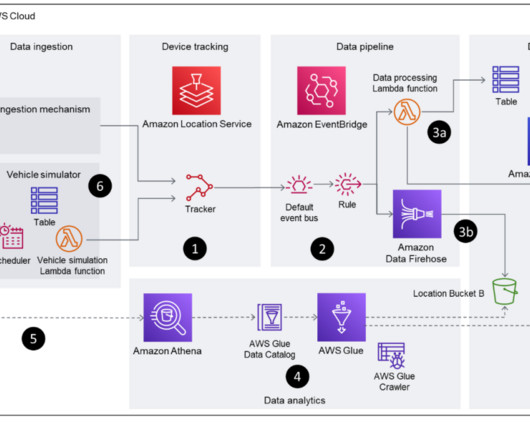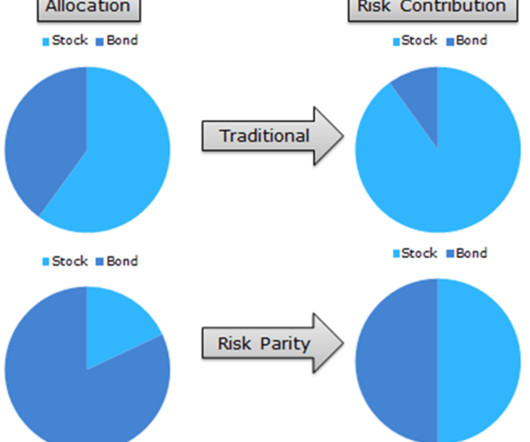Experimenting to Win with Data
Sisense
FEBRUARY 23, 2021
The key to coming up with the best insights lies in delving deeply into both questions; the answers you discover can help you get even more out of your data. The experiences of Measuremen, an international consultancy that helps organizations optimize facilities use, illustrate this point. Determining data goals, making a plan.














Let's personalize your content